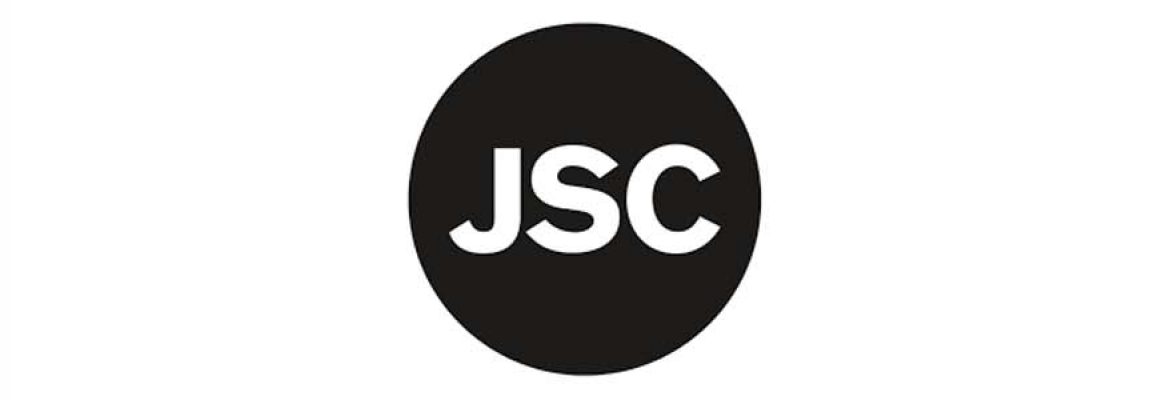Julia Stoschek Collection / Foundation e.V.
The JSC Research Center at the Düsseldorf location of the JULIA STOSCHEK FOUNDATION enables visitors to consult Julia Stoschek’s entire collection of time-based media art and to do research in the library. The collection’s spectrum ranges from works of the 1960s, including pieces by Bruce Nauman, Carolee Schneemann, Jack Smith, and VALIE EXPORT, to contemporary works by Arthur Jafa, Anne Imhof, and Kandis Williams.
The reference library contains over four thousand publications on art of the twentieth and twenty-first centuries. The holdings include important source material for research such
as crucial art-theoretical publications on philosophy and aesthetics. These are augmented by handbooks, exhibition catalogues, monographs, specialized and theoretical texts, and lexica with a focus on time-based art and media, photography, the art market, exhibition practice, and archiving practices for time-based artefacts in the context of museums and collections. Open Monday to Friday, 11:00 a.m. to 6:00 p.m. (by appointment only, four weeks in advance).
The distinctive nature of the collection carries over into the space in which it is exhibited. The architecture of the JULIA STOSCHEK COLLECTION, which is designed with installations and time-based works in mind, creates narratives that reflect the relationship between the interior and exterior, as well as the arrangement of the space itself. Between the cinema room in the basement and the roof terrace above the new attic floor, a whole series of spatial experiences unfolds – from the closed to the open, from the dark to the light. A media museum is no black box. On the contrary, the spatiotemporal works here challenge the architecture as an opponent that lends form and support as explicitly as it does discretely, that facilitates a range of spatial experiences and that never becomes conspicuous in its surfaces and materiality. A “room within a room” construction makes it possible to vary the intensity of the light on both exhibition levels. The openings in the inner shell can be altered in their relation to the windows in the outer shell. On one occasion this became the setting for an artistic intervention by Olafur Eliasson. He used a series of kaleidoscopic mirrors to transform one of the inner walls into the permanent in-situ work “When Love Is Not Enough Wall” (2007), which examines the act of looking at the outside world from inside an enclosed space.
The building, which dates to 1907, is a shining example of modern industrial architecture, combining as it does a reinforced concrete skeleton and roof structure of Polonceau trusses with large-scale elements such as the symmetrical towers flanking the main section of the building. Having served many different purposes over the course of its 100-year existence, the building reflects how industry evolved during the 20th century. Before 1945 it was used first as a theatre workshop, then as an engine and lamp factory, a production facility for corsets and mattresses, and by the metal and wood industries for – among other things – military purposes. After the war it was used as a picture frame factory by the Düsseldorf company F.G Conzen.


